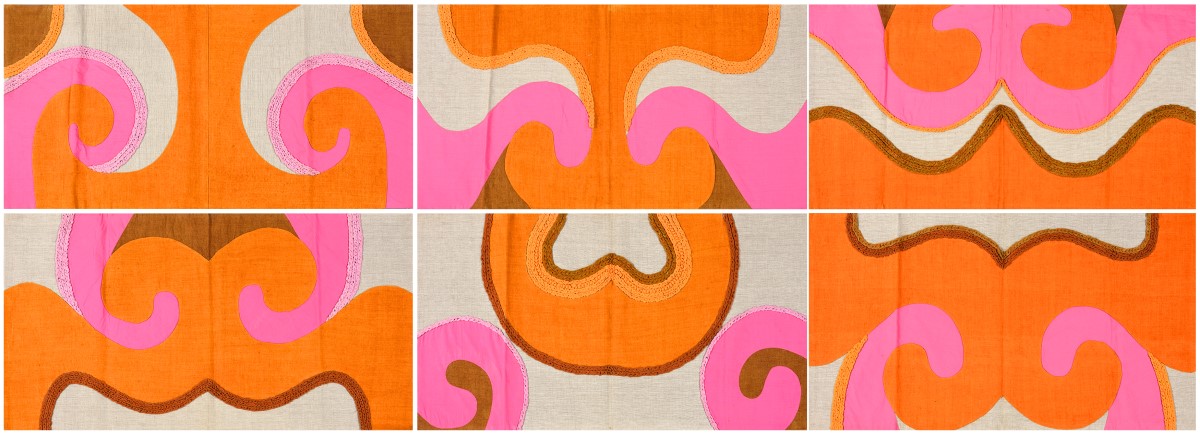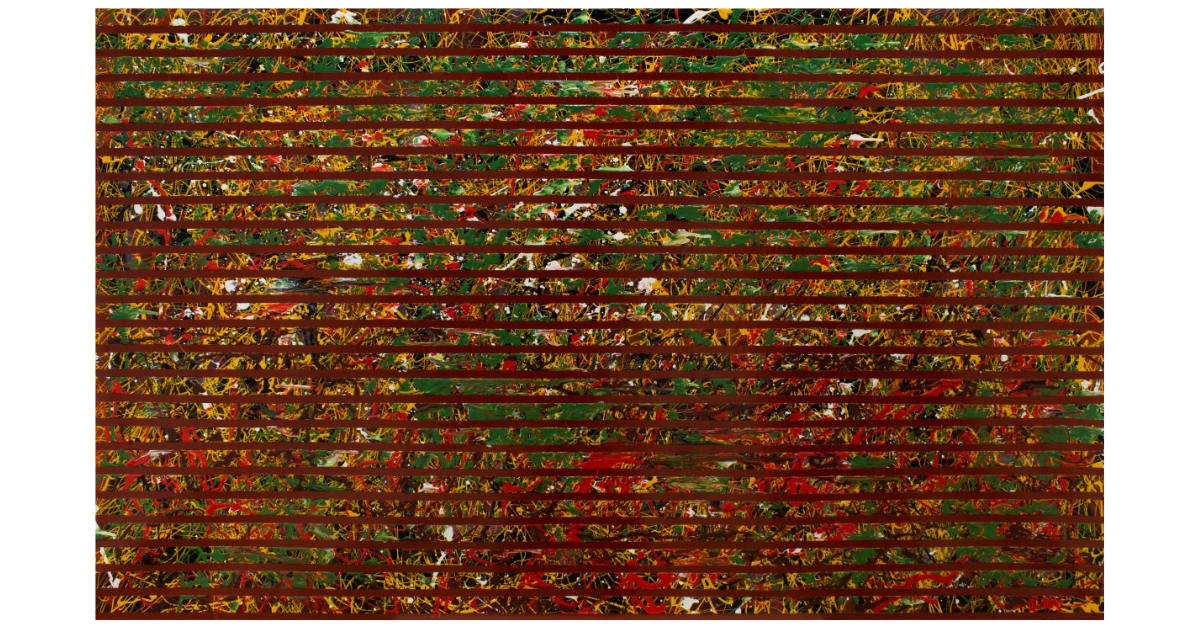After pandemic induced disruption, Frieze Masters returns to the capital with a mission statement to celebrate the cultural life of London. Director Nathan Clements- Gillespie tells Mayfair Times why this year’s fair is about dialogue and fluid exchanges between countries, cultures, and historical eras
Words: Will Moffitt
Nathan Clements-Gillespie cuts a fresh-faced figure for a man who has just returned from the far side of the world. After completing an 8,656km journey from Seoul, South Korea – where Frieze Masters’ inaugural art fair has just wrapped up – the director of Frieze Masters has arrived home energised.
“It was mind-blowingly incredible,” he says. “We were blown away by the warm welcome, the enthusiasm, the sheer numbers of visitors, and how younger audiences really wanted to see the material and learn about it. It was absolutely great.”
Clements-Gillespie doesn’t have much time to kick back and toast those successes. He is already gearing up for Frieze’s London fair, which returns on October 12. After last year’s well-received but pandemic-stricken affair, Frieze Masters returns in full force just intime to celebrate its tenth anniversary.
Delivering a diverse mixture of art spanning six millennia of history, it’s a show that seeks to champion much-loved artists and shine a light on lesser-known figures. Notably, this year’s fair seeks to redress some of the systematic inequalities and imbalances that have plagued the artistic sphere.

The much-celebrated Spotlight section will be curated by Camille Morineau (co-founder and research director of AWARE – Archives of Women Artists, Research and Exhibitions) and the AWARE team, and be dedicated to women artists. “To my understanding, this is the first time that an art fair has dedicated a section solely to the work of women artists. And I’ve long admired AWARE and their research and their mission,” Clements- Gillespie says, citing Mary Corse’s The Cold Room as a particular highlight to look out for.
Living and working in the sunny uplands f Topanga, California, Corse has long been fascinated by the highly responsive and boundless complexities of light, and the potential for it to function as an art form in and of itself. The Cold Room, a 12-foot-high, 12-foot-square cryogenic chamber that she began working on in 1968 – and did not finish until 2017 – will make its European debut at Frieze Masters.
Meanwhile, this years’ Stand Out section, curated by Luke Syson, director of the itzwilliam Museum, Cambridge, will focus on the idea of Global Exchange and bring together art objects from across the ages. Returning after a well received first outing, Stand Out looks beyond hierarchical distinctions between works of art in different media and, in doing so, reconsiders art objects often termed ‘decorative’ or ‘functional’.
“This section aims to take the ‘decorative’ ut of the ‘decorative arts’, and to help redress what’s been the traditional hierarchy in art,” ays Clements-Gillespie. “To say that an object is ‘functional’ doesn’t make it any less of a work of art.”
This focus on the decorative arts also examines chains of trade, commerce and communication that have shaped not just reative endeavours but the fate of entire countries. By looking at this melange of artworks, cast in Greek marble, Egyptian wood and Renaissance bronze, Clements-Gillespie wants viewers to find links to the past. “You feel this flattening of time. Seeing art from different cultures, periods, geographies, brings home the sense that all rt is contemporary art, because every work is a piece of human ingenuity and human creativity,” he says. “I love to be reminded of that. It’s so incredible that this is essentially a museum for sale. It’s like going shopping at the National Gallery.”

Asked if art can function as an antidote to what feels like a worrying slide towards nationalism and isolationism, and be a mouthpiece for globalisation, Clements-Gillespie rejects my fears outright. To him, at least, the world still feels inherently globalist. “I think we’re seeing a changed globalisation,” he counters. “I think that our supply chains are still vitally and intrinsically linked, and countries are now looking to diversify their supply chains more than ever.”
With just over a week to go until Frieze Masters steals our attention, its exuberant director does not exhibit a jot of apprehension. First and foremost he seems like a man who really loves his job. “I love art. I think that’s why so many of us work in the field,” he says.
“It is an incredible tool for communication and understanding. That’s what gets me up in the morning. What I love about collaborating with galleries and artists is that that’s what motivates them. That’s very special “Art is an ultimate expression of human creativity and ingenuity,” he adds. “It’s just an amazing thing to marvel at.”
Frieze Masters, October 12-16, frieze.com








